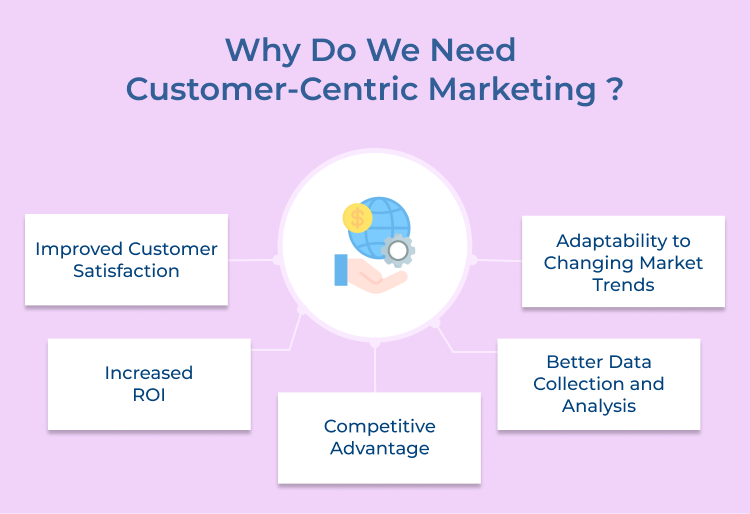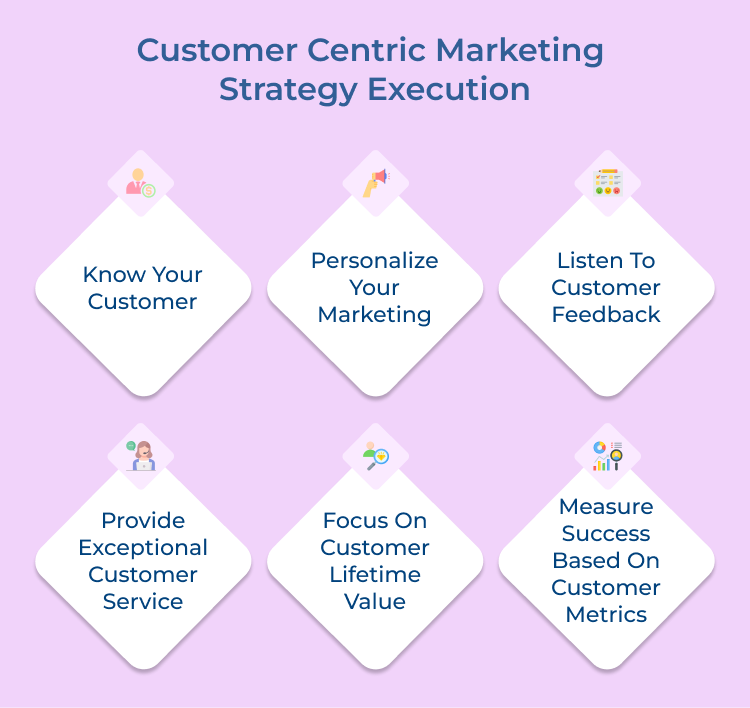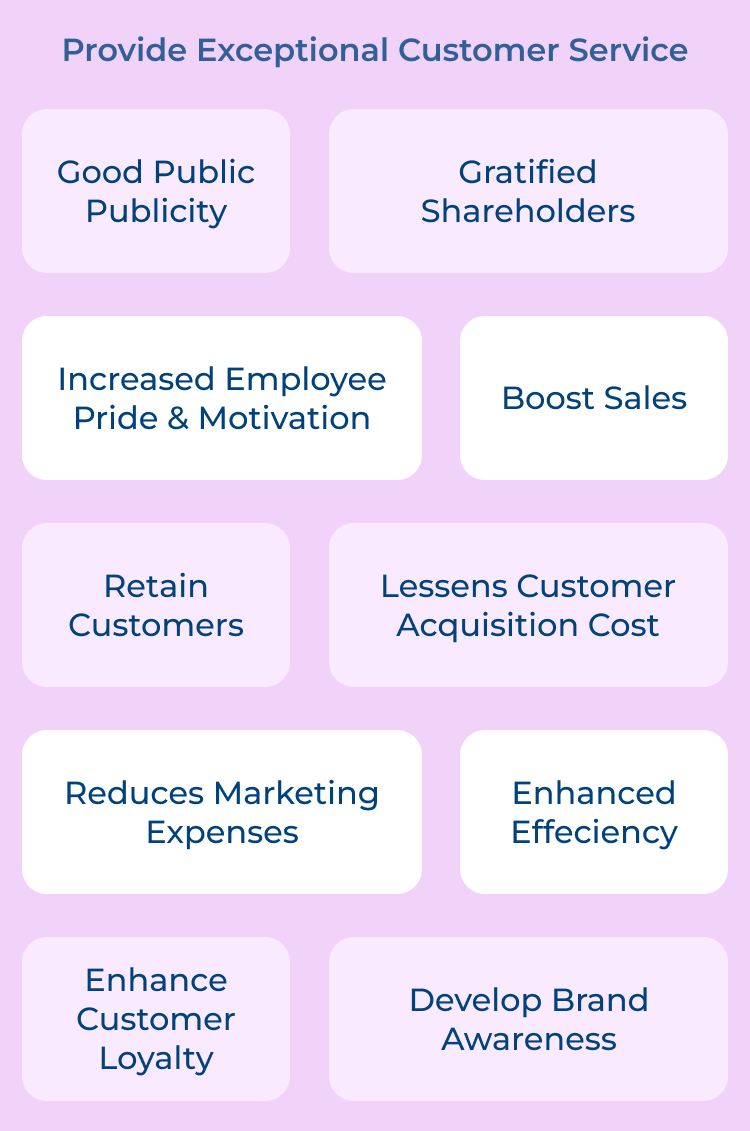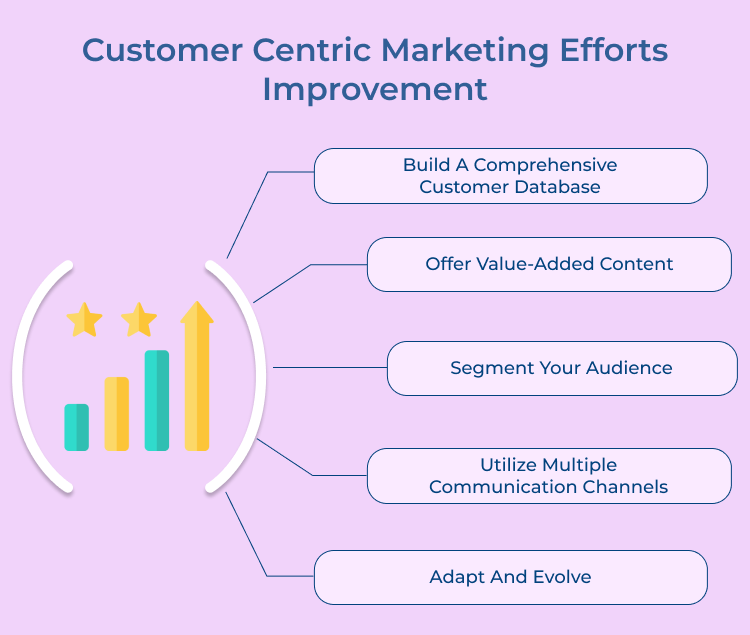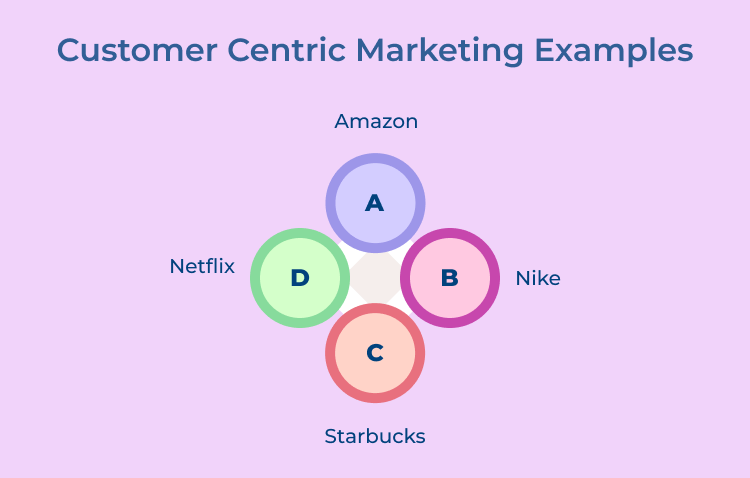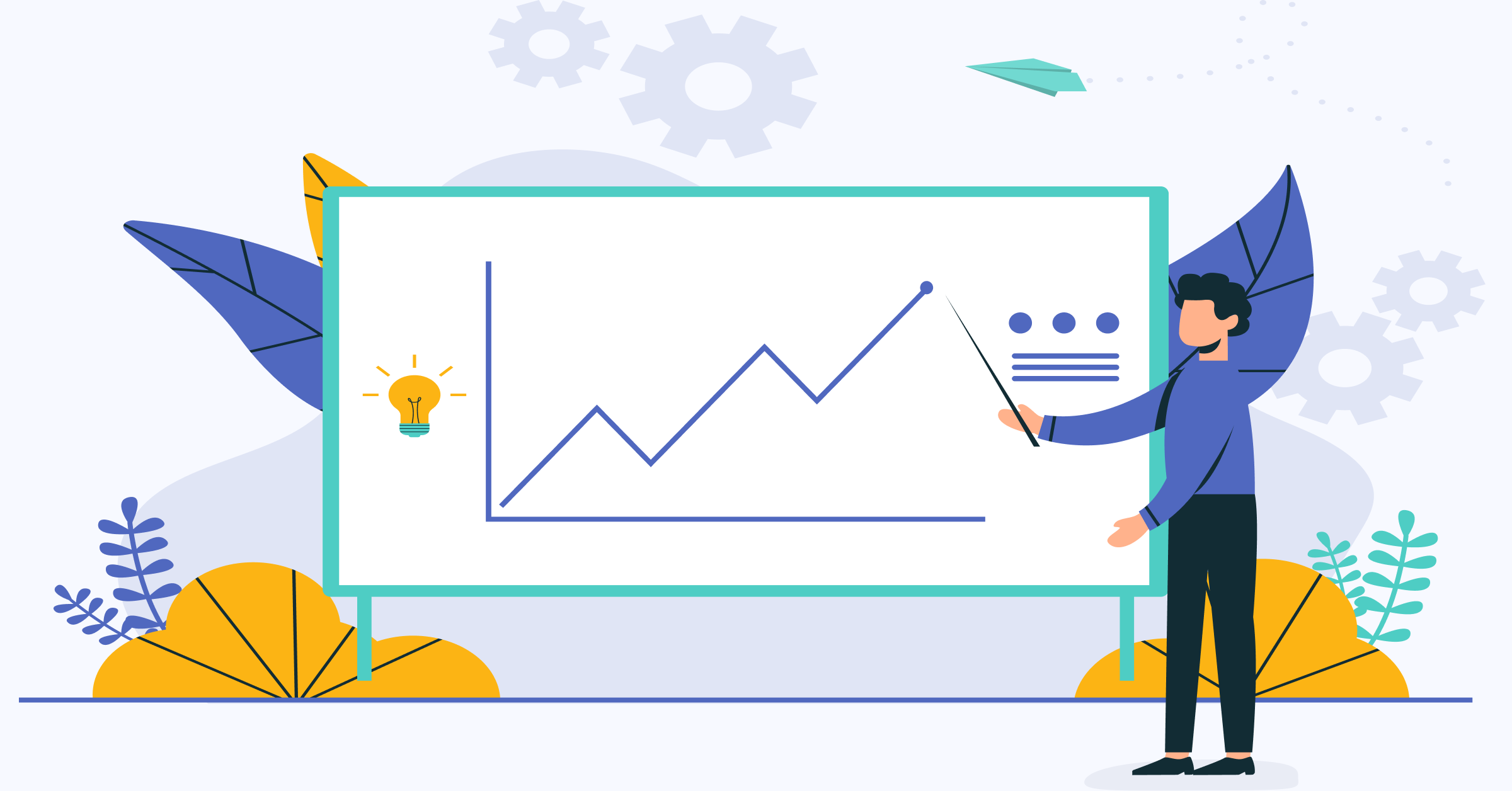Changing Mindset
Shifting from a product-centric to a customer-centric mindset can be a challenge for many organizations. It requires a fundamental change in the way that employees think about and approach marketing, which can be a difficult as well as time-consuming process.
What you can do: Consistent communication of the effectiveness of these strategies helps the bottom-line to slowly warm up to the idea.
Data Management
Customer-focused marketing relies heavily on data and analytics to learn customer behavior, preferences etc. Analyzing large amounts of data can be overwhelming and require significant resources along with the help of expertise.
What you can do: Use tools and software to divide the data strategically. Segmenting data into digestible sections makes it easier to understand the trends as well as patterns.
Integration of Technology
Implementing a customer-focused marketing strategy often involves the use of various technologies, such as customer relationship management (CRM) systems, marketing automation platforms and analytics software. Integrating these technologies can be complex and require careful planning as well as execution.
What you can do: Find automation platforms that fit your goals and budget. It should be able to manage multiple tasks while also having a scalability option, if need be.
Personalization at Scale
Personalization is a key aspect of customer-focused marketing, but personalizing marketing messages and experiences for each individual customer at scale can be challenging. It requires a deep understanding of customer data and advanced targeting as well segmentation capabilities.
What you can do: Learn how your customers would like to be communicated. Try A/B testing on your audience to study the personalization style that is most appreciated by your audience.
Alignment Across Departments
Implementing a customer-focused marketing strategy requires alignment and collaboration across various departments, including marketing, sales, customer service and product development. Ensuring that all departments are working towards the same customer-centric goals can be difficult.
What you can do: Encourage inter-department collaboration for better communication. Break the ice with fun activities first, then proceed implementing strategies for an improved function between the departments.
Examples of Customer Centric Marketing
Customer centric marketing is a strategy that focuses on putting the customer at the center of all marketing efforts. Here are the live examples to help you grasp things better:

